Network partners, RfM Accountants have been highlighting the new VAT accounting procedures (known as the VAT reverse charge) coming in on 1 October 2019. Below they explain the changes and what they may mean for your family construction business.
RfM say, “The changes will affect any VAT-registered construction business that buys in construction services from other builders and supplies those services on to the end customer e.g. you subcontract another builder who invoices you as the main contractor, and you invoice the final, ‘end-user’ client for those services. They also affect any VAT-registered construction business that sells construction services to other builders who supply those services on to the end customer e.g. you act as a subcontractor and invoice your services to the main contractor.”
RfM’s helpful article below highlights the full details and provides advise for those affected…
What is changing?
Under current rules, when a builder charges and collects VATfrom a customer, they account for it in Box 1 of their relevant VAT return. This will change for supplies between VAT-registered builders. From 1 October, the builder must invoice their builder customer without charging VAT and the customer will make the Box 1 entry instead on their own VAT return.
In effect, there will be no cashflow issue for the builder receiving services because the same amount of VAT declared on the return (in Box 1) will also be included as input tax (in Box 4): resulting in a nil effect overall. In accounting speak, this is referred to as a ‘reverse charge’ procedure.
The new measures are intended to counter instances of VAT fraud – where a supplier charges and receives VAT from a customer but does not declare it on a VAT return.
Which sales fall under the new rules?
The new VAT reverse charge procedures will apply to the following types of transactions:
- What the legislation refers to as ‘specified services’. This excludes services supplied to non-construction businesses, for example a retailer having their premises improved, or any other end-user customer or building owner.
- Any goods supplied by the builder as part of their work.
Employment businesses are excluded from the new rules.
VAT rates
The reverse charge is based on the rate of VAT that applies for the work in question. It is limited to supplies that are subject to either 5% or 20% VAT. Zero-rated sales are exempt.
*****
The VAT reverse charge in practice – an example
Mike is an electrician and VAT-registered as a sole trader. He is doing some work on an office block for the main contractor Steve. He will invoice Steve for his work.
Steve is also VAT-registered and he will invoice the building owner. Steve is not the ‘end-user’ because he is making an onward supply of construction services to his own customer. He is classed as an ‘intermediary supplier’.
The invoice Mike raises will be subject to the new procedures i.e. no VAT is charged.
On Mike’s VAT return
The value of Mike’s work including materials is £5,000. Mike will only include the value of the sale in Box 6 (outputs) of his VAT return:
- Box 6 – outputs: £5,000
On Steve’s VAT return
Steve will do the reverse charge calculation and make the following entries on his return:
- Box 1 – output tax: £1,000 (i.e. £5,000 x 20%)
- Box 4 – input tax: £1,000 (same as Box 1)
- Box 7 – inputs: £5,000 (net value of payment made to Steve)
*****
Responsibilities and issues to consider
Building on the example of Steve and Mike, they each have their own responsibilities under the new rules:
- Mike must ensure that Steve is registered for the CIS (Construction Industry Scheme) and also has a valid VAT number.
- Mike must specify on his sales invoices the amount and rate of VAT that Steve must declare i.e. 5% or 20% VAT.
- Mike’s sales invoice should include wording along the lines of: “Reverse charge: customer to pay the VAT to HMRC”.
- Steve must inform Mike whether he is the ‘end-user’ or an ‘intermediary supplier’ on the project. As Steve is an intermediary supplier, Mike knows not to charge him VAT because the reverse charge applies.
Steve must avoid incorrectly paying VAT to Mike. If he does, HMRC could raise an assessment for the VAT that he should have declared (had the reverse charge been done correctly).
It is important to check that building contractor clients are properly registered for VAT and are bona fide. HMRC suggests collecting a deposit equal to the VAT not being charged from the builder customer if there are any doubts about their credentials. For example, if you have requested but not received a VAT number.
HMRC penalities – grace period
HMRC has confirmed that no penalties will be charged for mistakes resulting from the new procedures up to 31 March 2020. Penalties will be applied, however, if “you are deliberately taking advantage of the measure by not accounting for it correctly”.
The new rules have proved controversial and industry experts recently called for the deadline to be put back to allow businesses time to prepare for the changes. We will keep you informed should this be the case.
If you would like to discuss the changes or any aspect of VAT, please speak to your RfM advisor. Alternatively, contact one of our offices or enquire online.







 Login
Login
